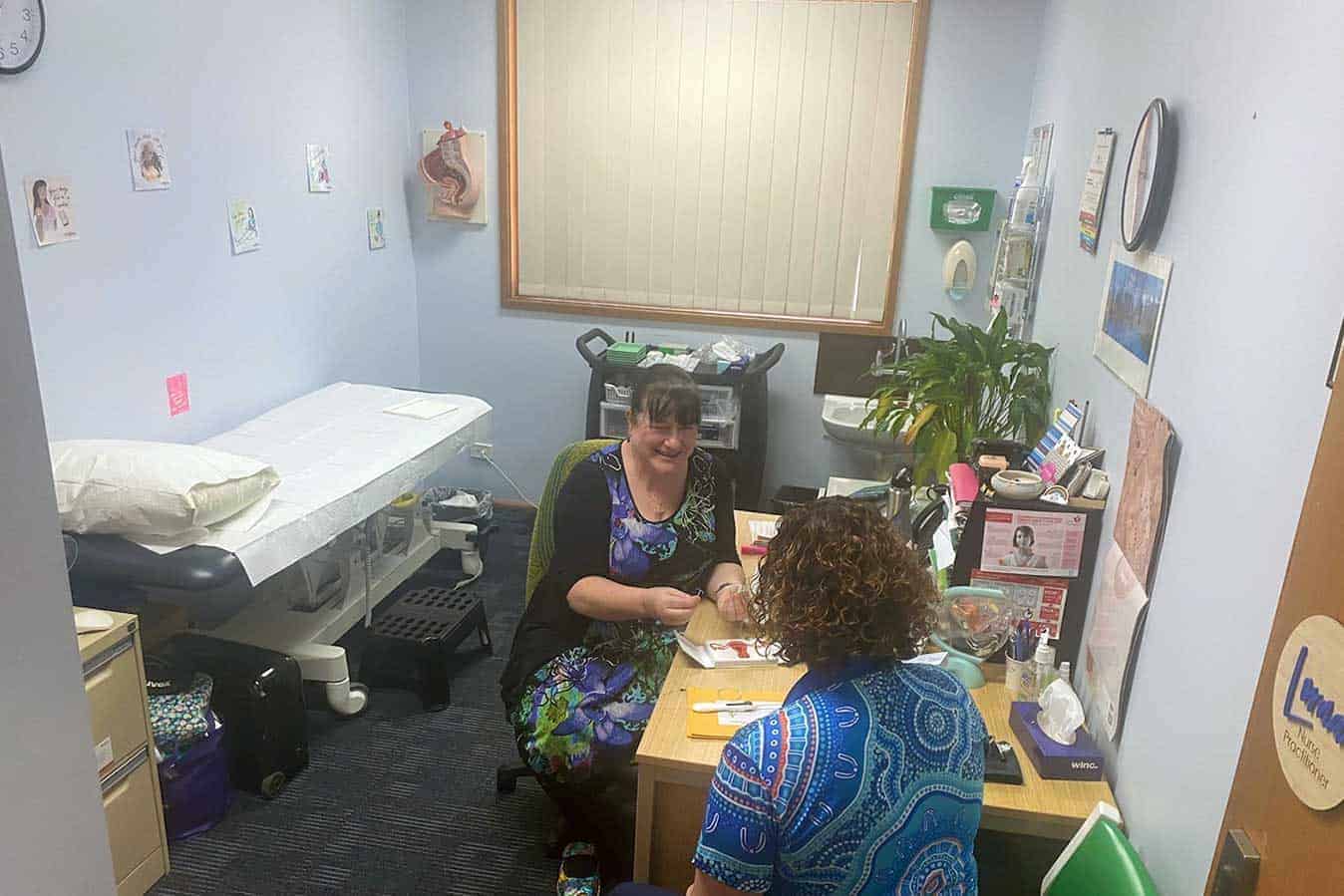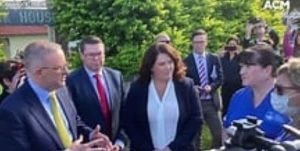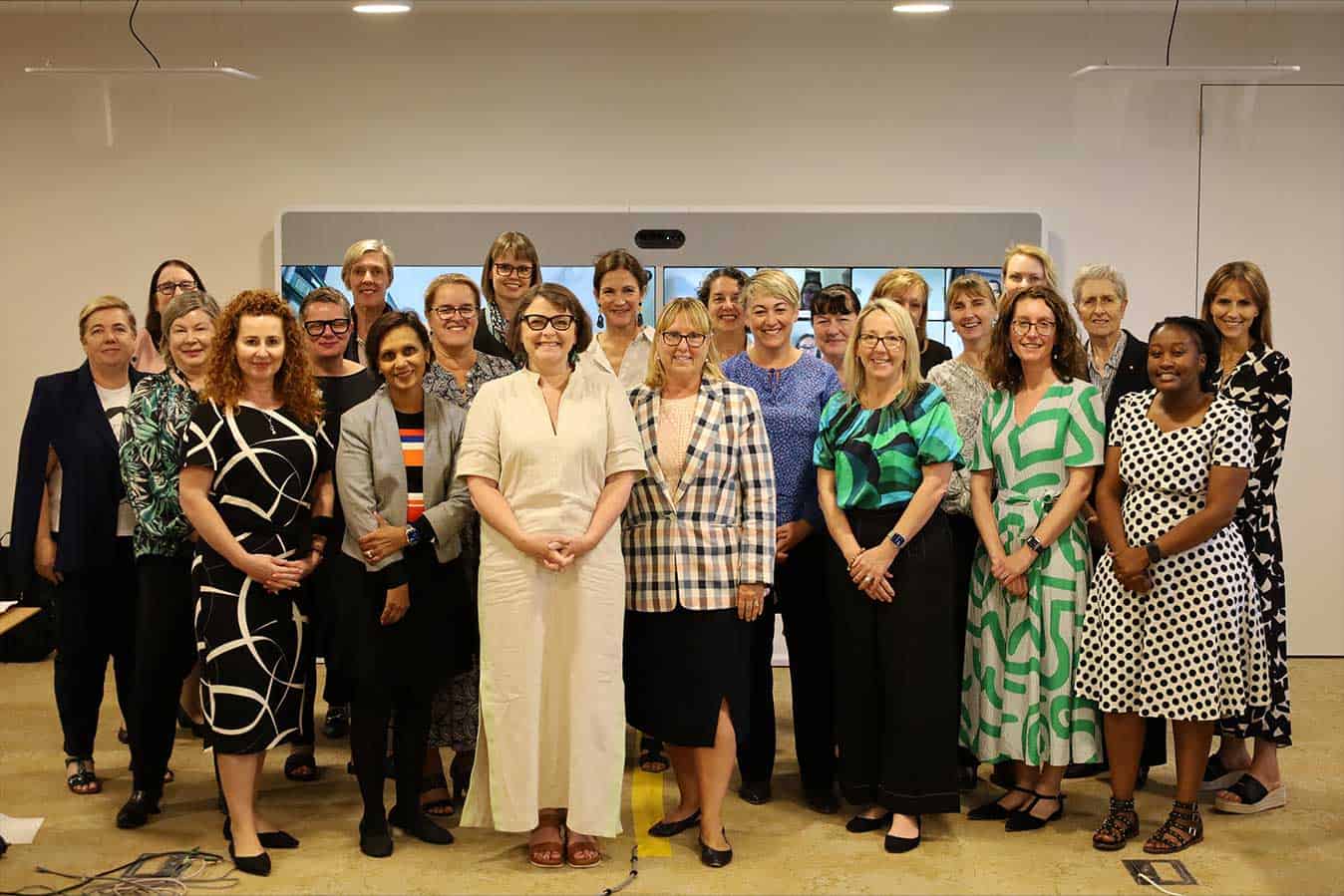Long-time Australian Nursing and Midwifery Federation (ANMF) member Lorna Scott is advocating for improved women’s healthcare as a representative on the federal government’s National Women’s Health Advisory Council.
Ms Scott, a women’s health nurse practitioner (NP), midwife and Vice President of the NSW Nurses and Midwives’ Association (NSWNMA) was appointed to the newly-created federal government’s National Women’s Health Advisory Council (the Council) in January 2023.
“That we’re finally addressing women’s health needs in itself is fantastic, it’s not just something being tacked on so that the box can be ticked. We’re saying it’s here, it’s for us. It’s for women, by women,” she says.

Growing evidence has shown that systemic issues in healthcare delivery and medical research mean women often suffer poorer health outcomes. Women disproportionately experience delayed diagnosis, overprescribing, and a failure to properly investigate symptoms.
The Council, chaired by Assistant Minister for Health and Aged Care Ged Kearney, brings together diverse expertise from leaders in women’s health organisations, consumer groups and peak bodies to examine the unique challenges that women and girls experience in the health system.
Ms Scott is one of the clinicians on the Council and says she feels both honoured and a responsibility to be the voice for nurses, midwives and the women she cares for.
“The Council is fantastic, such a diverse range of women and organisation representatives bringing different perspectives from different areas. I feel honoured to be on the Council representing nurses I think as a NP and midwife I bring the frontline perspective – I bring the clinician perspective.”
A community midwife in her native Scotland, Ms Scott immigrated to Australia in 1986. One of the trailblazers in women’s health nursing since the 1980s, including Past President of the Australian Women’s Health Nurses Association, she was in the first nurse practitioner pilot cohort back in the early 1990s. In 2001, she became Australia’s seventh NP and the first women’s health NP.
“For women in the 80s clearly there was a need for information, it was before the internet. There were lots of different issues, lots of gaps.”
Currently working across several communities in NSW’s Lower Hunter Region, Ms Scott provides women’s health services including contraception, sexual health, cervical screening, menopause, reproductive health, incontinence, and domestic violence.
She welcomes the federal government’s new Nurse Practitioner Workforce Plan announced this week, along with the Federal Budget reforms last week, both supported by the ANMF, that include for the removal of red tape which currently prevents NPs from providing patients with health services they are qualified to do and a 30% increase in Medicare rebates for NP care.
As an NP in the public system, Ms Scott is able to refer patients for services and tests within the public system without patients being out of pocket. But the situation is more complicated for NPs who see patients privately.
“One of the current frustrations as an NP is the collaborative care model which can work well if the client has a GP. There are many drugs NPs can prescribe on the PBS, but others like topical oestrogen which we have to get their GP to prescribe first before we can write a PBS script, if they have no GP then we have to write a private script which may be too expensive,” she says.
Ms Scott is a strong advocate for access at the point of need together with affordability. “It’s something I’m always aware of, many people simply cannot afford to see their GP.”
The Council will focus on a system wide approach rather than specific conditions aimed to promote better health outcomes for women and girls, and ensure their care is better tailored to their needs.
“Hopefully this will provide more holistic care for women on a national level having had recognition by the federal government,” says Lorna.
“Too often women will be ‘googling’ their information or getting information from their peers instead of evidence based information provided by their health practitioner.

“It’s so important to listen what women are telling you and acknowledging whatever it is they are experiencing. Often their symptoms may be normal, it may be they’re having menopausal symptoms and it’s about providing reassurance to women – but it also might not be normal, it might be they have a thyroid problem or the hot flushes they are experiencing are a stress reaction.”
The federal government has announced 20 endometriosis and pelvic pain clinics with at least one clinic in every state and territory (with a mix of metropolitan and regional locations) to provide specialised, multidisciplinary services and care for women with endometriosis and pelvic pain.
Hopefully when this project is in place, it becomes feasible to be rolled out to other areas for women everywhere,” says Scott.
One of the issues is inconsistencies in healthcare services and provision across the states and territories, including for medical and surgical terminations, she says.

A key role for the Council which has had two meetings to date, will be to guide how the government delivers on the National Women’s Health Strategy 2020-2030. Part of this involves community consultation with input from those with lived experience to better understand the barriers and bias women face.
“One of the big, exciting things Minister Kearney has talked about is town hall discussions for women and in June there will be a questionnaire available for all women and healthcare practitioners to access to tell us their experiences and what the gaps are for them,” says Ms Scott.
“I encourage all nurses and midwives in the ANMF to fill out the questionnaire which will help inform what is needed for women’s health, not just in how they are treated by healthcare services but the type of care that is provided and needed.”








